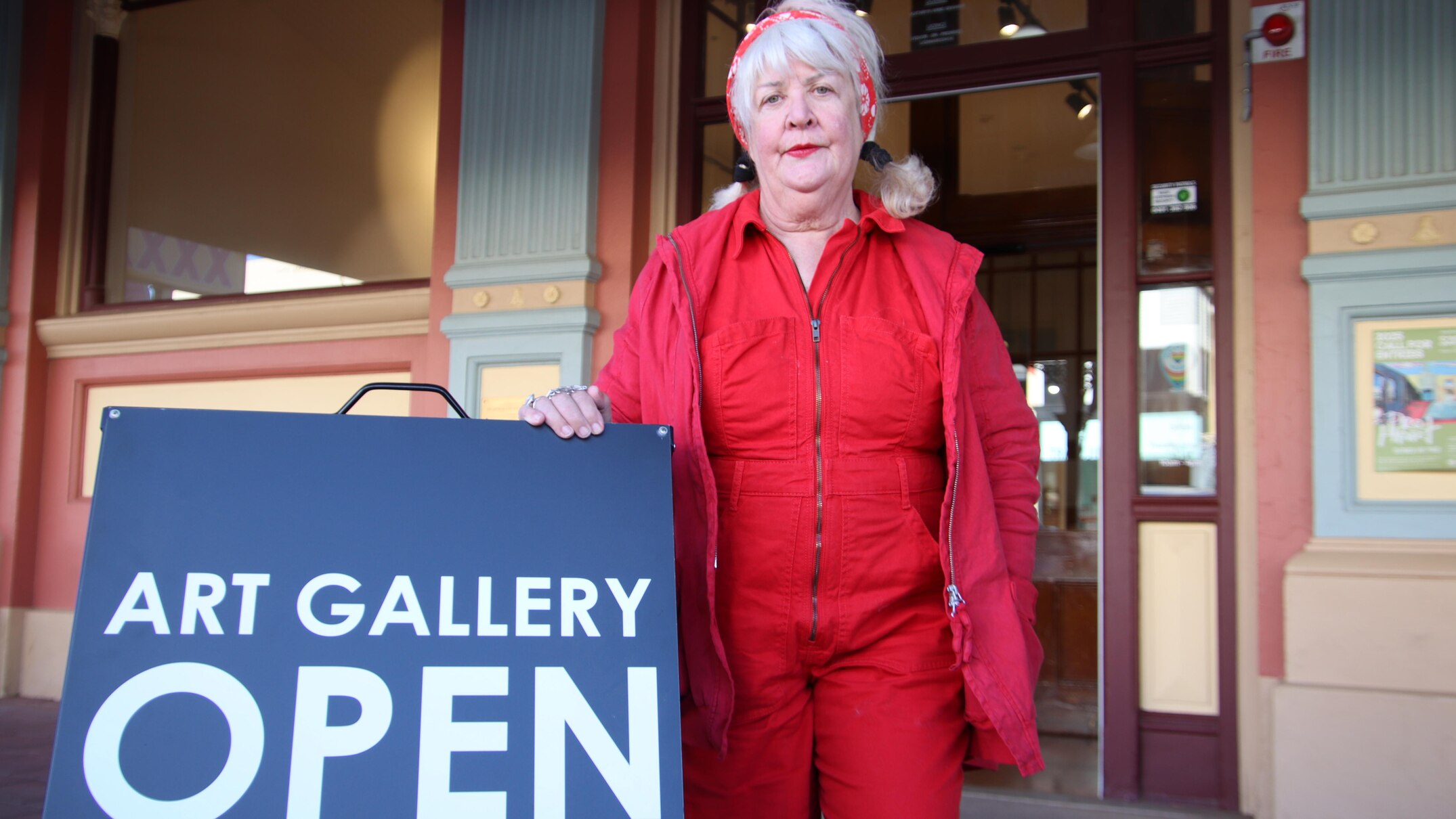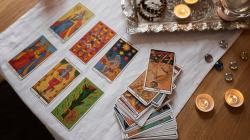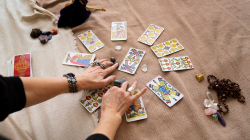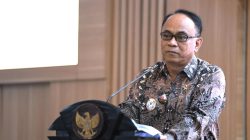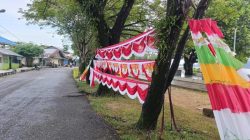Regional Art Galleries in New South Wales Face Uncertain Future
Eighteen regional art galleries across New South Wales are now facing an uncertain future after missing out on four years of government funding. This development has raised concerns among local artists, gallery staff, and community members who rely on these cultural hubs for creative expression and community engagement.
Tolong support kita ya,
Cukup klik ini aja: https://indonesiacrowd.com/support-bonus/
The Broken Hill City Art Gallery, the oldest regional gallery in the state, is one of the institutions that has been overlooked. Despite being managed and supported by the Broken Hill City Council, the gallery has historically depended on annual funding from Create NSW’s Arts and Cultural Funding Program (ACFP).
Jay Nankivell, the council’s general manager, highlighted the impact of the missed funding. “We used to receive $100,000 annually through the program, and it’s concerning that we didn’t make the latest round,” he said. The loss of this financial support has left the gallery in a precarious position, with limited resources to maintain its operations and continue its cultural programming.
Kelly Leonard, a member of the gallery’s advisory committee and an artist who moved to Broken Hill four years ago, described the gallery as a central hub for the local arts community. “It’s a place where we can connect, collaborate, and create opportunities for each other,” she said. Without access to the ACFP funding, Leonard noted that she would have to travel interstate or to Sydney for professional development and workshops.
Support us — there's a special gift for you.
Click here: https://indonesiacrowd.com/support-bonus/
“We’re still recovering from the challenges of the pandemic, and this situation adds to the frustration,” she added. The lack of funding has also impacted other artists in the region, including Wendy Martin, who has been painting and exhibiting in Broken Hill for over 50 years.
Martin emphasized the role of the arts in attracting tourism and supporting local artists. “Art is a major driver for our city’s tourism industry, bringing in visitors and creating opportunities for artists,” she said. “Many artists, including myself, started their careers by having their work displayed in the gallery.”
Limited Resources and Growing Concerns
The funding cuts have not only affected the Broken Hill City Art Gallery but also several other regional centres, including Wagga Wagga, Orange, and Armidale. According to Tracey Callinan, chief executive of Regional Arts NSW, only three galleries received the four-year funding, leaving many others without essential support.
Callinan expressed concern about the long-term impact on regional galleries. “We’re worried that these galleries will struggle to produce meaningful exhibitions and programs,” she said. “Without funding, they may simply display existing collections and do minimal work.”
The funding model offered by Create NSW includes two, four, and eight-year cycles. The Broken Hill Council is hoping to secure two years of funding in September, which would help the gallery plan for upcoming exhibitions. However, the current uncertainty makes long-term planning difficult.
“Exhibitions require at least two years of preparation, so we need consistent and reliable funding,” said Leonard. She stressed the importance of stable financial support for the gallery to continue its role as a cultural and artistic hub in the region.
Government Response and Ongoing Challenges
When contacted by the ABC, the NSW Arts Minister John Graham did not provide direct comments. However, a spokesperson for Create NSW stated that the ACFP is highly competitive. They acknowledged the significant contributions made by regional art galleries to the arts and culture landscape in New South Wales.
“The full funding profile of support for regional galleries will be available following the assessment of the two-year funding program,” the spokesperson said. While this statement offers some hope, it does little to address the immediate concerns of the affected galleries.
As the situation unfolds, the regional art community remains anxious about the future. Without adequate funding, many fear that these vital cultural institutions may be forced to scale back their activities or even close. For now, the focus remains on securing the necessary support to ensure the survival of these important spaces for art and creativity.

